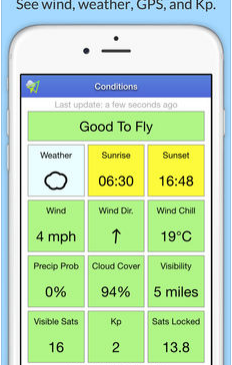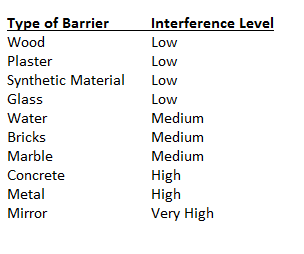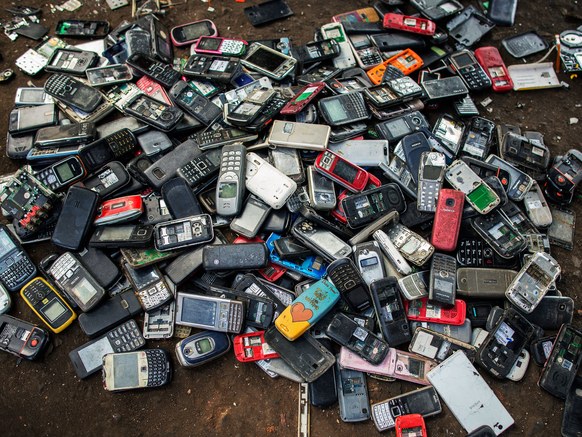This post inspired by GoPro Support Hub
Just a word of caution, but something many people new to drones might not be aware of is this
ATTN: you MUST check the current Geomagnetic conditions before flying.
The level of interference is expressed as a kp value. If the level is 4 or higher, you run a significant risk of losing connection to GPS, the controller to drone, and having compass errors. This is not unique to Karma but for all drones. You can check the current conditions at NOAA.gov http://www.swpc.noaa.gov/products/planetary-k-index OR with phone apps like magnetology and UAV forecast.
Magnetology:
Android – https://play.google.com/store/apps/details?id=ru.mindarts.magnetology&hl=en
iOS – https://itunes.apple.com/us/app/magnetology/id789651124?mt=8
![]()

UAV Forecast:
Android – https://play.google.com/store/apps/details?id=com.uavforecast&hl=en
iOS – https://itunes.apple.com/us/app/uav-forecast/id1050023752?mt=8
![]()

It is the pilot’s responsibility to check the conditions before flying. The following conditions need to be met before taking off. If you run into an issue and are flying in a condition not outlined below, it is YOUR fault, not the drone’s.
Check list (feel free to add to the list, but do not omit)
-
-
-
-
-
-
-
- Drone Free from damage (cracks, beds or otherwise)
- Drone, camera, stabilizer, and controller on latest update
- Camera with recommended SD card https://gopro.com/help/articles/Block/microSD-Card-Considerations
- Check the available space on the microSD card
- Be sure the camera stabilizer is securely locked into the drone
- Propellers free from cracks, debris, or un-manufactured bends
- Securely tighten the propellers
- Battery fully charged (drone, camera and controller)
- Fully extend the landing gear and arms
- Battery fully engaged and locked into place
- Area clear of people and obstacles
- Drone compass calibrated for the area you are flying (no further than 100 miles from where it was last calibrated)
- Accelerometer calibrated AFTER 5-10 minutes of flight with drone held LEVEL to the horizon
- Stabilizer calibrated in the drone with the drone standing on firm level surface
- Clear view of the blue sky ~ Do not fly in overcast, foggy, or areas of high humidity or precipitation
- Wind speed (including gust) below 22mph (10m/s)
- Kp disturbances in the Earth’s magnetic field less than 4
- Away from object that can cause Wi-Fi interference

- Away from areas of high Wi-Fi utilizationUntitled.
- All Settings Checked
-
-
-
-
-
-
- Return to home altitude
- Max altitude
- Max range
- Flight mode (Sport/non-Sport)
- Camera settings
- This list is not unique to Karma but to all drones. If you are going to fly in valleys, in dense areas of vegetation, under bridges/tunnels/trees/structures you need to be prepared to fly manually and know that it is not uncommon for the drone to experience multipath propagation which will cause it to miscalculate its position in space and fly erratically. Always fly within LOS.Obviously it is your responsibility to know your local laws and regulations.If you ignore any of the above and experience a crash, “fly away”, or other mishap… it’s your fault.Drones are great fun and can help you to capture amazing footage but they do have their limitations. If the conditions are right, be glad you purchased Karma with a removable stabilizer/camera. Unlike with other drones of the same cost, you can still capture amazing, smooth, cinematic, shots albeit not from the aerial view. Better to have the options for hand held/body mounted stabilized shots than no shots at all.


